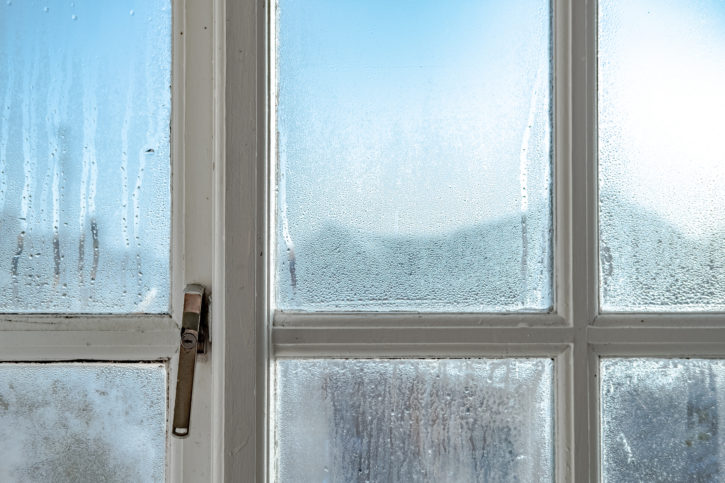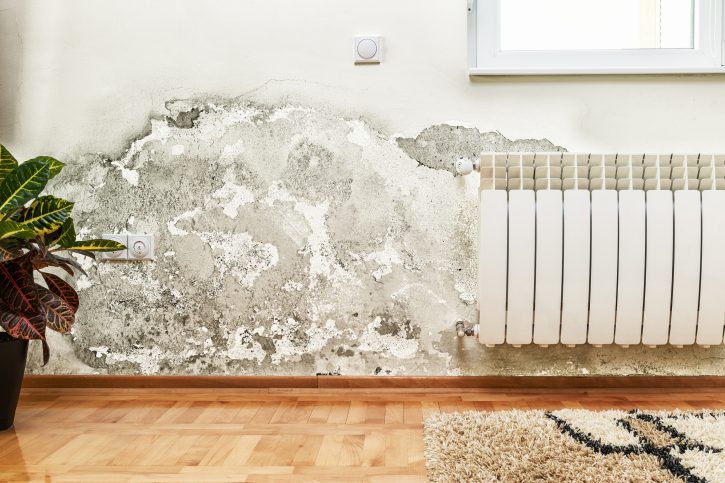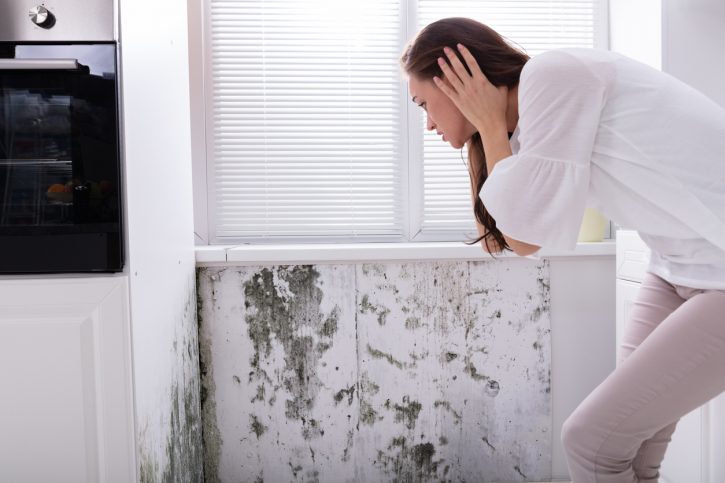Rainfalls Impact On Mould Growth & 16 Helpful Tips To Prevent Mould
Increased rainfall in the winter months provides the ideal conditions for mould to grow due mainly to a cold, damp, and dark environment. Mould is often concentrated near sources of moisture where it can easily grow and reproduce. As it grows, mould can breakdown and compromise the integrity and strength of the source in which it lives including many common building materials such as timber and plasterboard. It can also damage personal items such as those made from leather, paper products, wall art and pictures.



